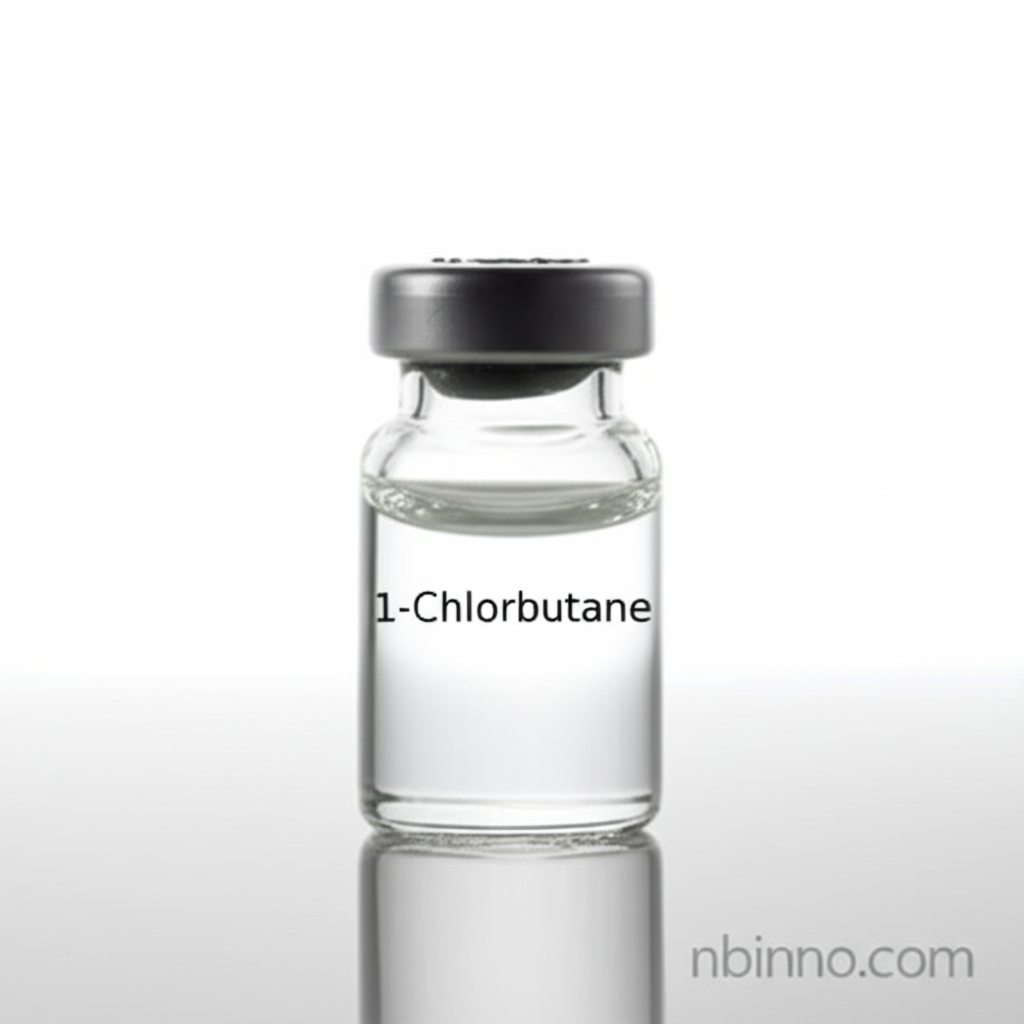1-Chlorobutane (CAS 109-69-3): Properties, Applications, and Synthesis
Discover the essential role of 1-chlorobutane in chemical synthesis and industrial applications as a versatile organic intermediate.
Get a Quote & SampleProduct Core Value

1-Chlorobutane
1-Chlorobutane, also known as n-butyl chloride, stands out as a critical organic intermediate and solvent. Its utility spans diverse chemical processes, making it indispensable for many industrial applications.
- As a key butylation reagent in organic synthesis, 1-chlorobutane facilitates the introduction of butyl groups into molecules, vital for creating complex organic compounds.
- The excellent solvency properties of n-butyl chloride for waxes, fats, and oils make it a preferred choice for extraction and purification processes across various industries.
- Its role as a precursor for n-butyl lithium highlights its importance in advanced organic and organometallic chemistry, enabling powerful synthetic transformations.
- In the pharmaceutical sector, 1-chlorobutane serves as a crucial intermediate for synthesizing various active pharmaceutical ingredients and veterinary drugs, contributing to health and well-being.
Key Advantages
Versatile Butylation Reagent
Leverage 1-chlorobutane for efficient butylation reactions, a fundamental process in the synthesis of butyl cellulose and other valuable organic compounds.
Effective Industrial Solvent
Utilize n-butyl chloride's superior dissolving capabilities for various substances, making it an ideal solvent for industrial cleaning, extraction, and high-performance liquid chromatography (HPLC).
Critical Pharmaceutical Intermediate
Rely on 1-chlorobutane as a foundational building block in pharmaceutical intermediate synthesis, contributing to the development of essential medications.
Key Applications
Organic Synthesis
As a butylation reagent in organic synthesis, it's vital for creating specific chemical structures and derivatives.
Solvent Applications
Its excellent solvent properties make it useful in industrial solvent applications, including for oils and natural resins.
Pharmaceutical Intermediates
It serves as a key raw material in the pharmaceutical intermediate synthesis, contributing to the production of essential drugs.
Petrochemical Industry
Used as an auxiliary agent for ethylene polymerization catalysts, showcasing its utility in the petrochemical industry.
